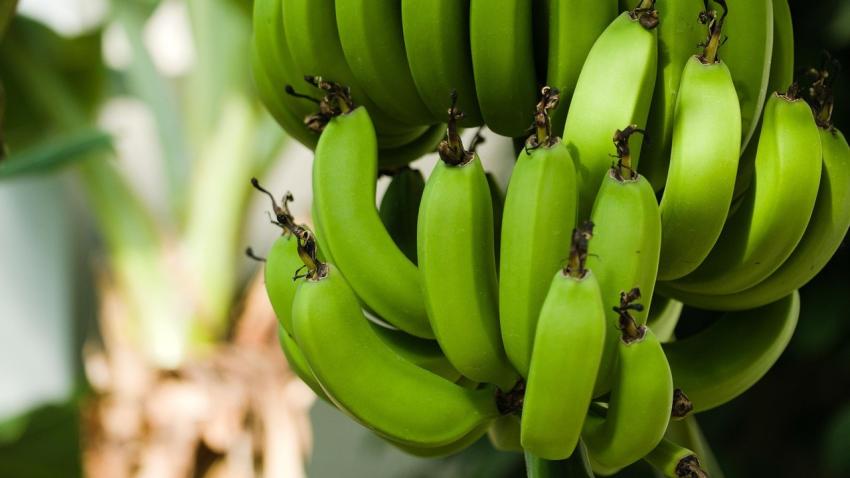You are here
Back to topFloods and Civil Unrest Hinder South Africa’s Citrus Exports

Since late June, South Africa’s Northern Cape, Western Cape and KwaZulu-Natal provinces have been experiencing heavy rainfall and occasional tornadoes, leading to severe floods that have displaced thousands of people and significantly impacted the ongoing citrus export season. As a result, the export forecasts for various citrus categories have been revised downward by between 600,000 and 2.1 million cartons each, reducing the estimated volume for all categories from an original 165.6 million cartons to 159.5 million cartons, a total decrease of 6.1 million cartons (15 kilograms per carton).
According to information released by the Citrus Growers’ Association of Southern Africa, citrus production around the town of Citrusdal alone has incurred losses of 10–15% due to the flooding. Early-season navel oranges and clementine mandarins were particularly impacted. Roads in the affected regions have reportedly suffered severe damage, farming infrastructure such as pumping houses on rivers has been destroyed and even entire orchards have been washed away. At the time of the heaviest rainfall, approximately 60% of early-maturing citrus crops had already been harvested. However, the rain and subsequent floods caused a delay of two weeks in the citrus harvesting process across the region. At present, citrus growers in the Citrusdal region are putting in great efforts to restore citrus exports to their regular schedule.
The delays caused by the floods undoubtedly exacerbated various challenges faced by citrus growers. South African citrus exports are currently in their busiest period, with port shipments reaching their peak. However, extreme weather conditions forced the suspension of loading operations at the Port of Cape Town for some time. The CGA has been in communication with relevant government departments regarding the assistance needed for growers to transport their produce to port and the long-term support measures required to recover production.
According to CGA statistics, South Africa’s citrus shipments have already reached their peak, with approximately 2,200 trucks from the northern regions to the ports each week, 1,200 trucks from the Eastern Cape, and 1,000 trucks from the Western Cape and Northern Cape provinces. However, South Africa has also recently experienced civil unrest, and some trucks carrying citrus on the country’s main highways have been set on fire by rioters. Some suspects have been arrested by the police and the South African military has been deployed to protect vehicles and personnel on the roads. However, the unrest has further increased transportation costs, forcing exporters to pay higher insurance rates, implement additional security measures and replace damaged equipment. Transportation resources have also become strained, with some freight companies refusing to continue operations under these challenging circumstances.
The CGA has stated that it is actively seeking to shift a substantial portion of citrus transportation from roads to railways. Nonetheless, the operation of railways is hindered by cable theft in South Africa, and delays in railway operations could lead to fruit spoilage. The CGA has also declared that it will continue to work with the government and Transnet Freight Rail, the state-owned railway freight company, to address these issues.
As a result of the aforementioned challenges, the CGA has made downward revisions to its export forecasts for several citrus categories this season. As of the end of week 27, the updated export forecasts were as follows:
- Navel oranges: 23.3 million cartons, a decrease of 2.0 million cartons compared with the initial forecast and a decline of 4.5 million cartons from the previous year.
- Grapefruit: 13.8 million cartons, a decrease of 600,000 cartons compared with the initial forecast and a decline of 2.9 million cartons from the previous year.
- Valencia oranges: 53.0 million cartons, a decrease of 1.5 million cartons compared with the initial forecast and a decline of 800,000 cartons from the previous year.
- Lemons: 35.2 million cartons, a decrease of 2.1 million cartons compared with the initial forecast and a rise of 500,000 cartons from the previous year.
- Mandarins: 34.2 million cartons, an increase of 100,000 cartons compared with the initial forecast and a rise of 2.4 million cartons from the previous year.
As of the end of week 27, South African growers had packed 78.8 million cartons of citrus fruit for export to overseas markets, with 65.0 million cartons already shipped. Among the shipped volume, 10.4 million cartons were grapefruit, 15.6 million cartons were mandarins, 23.7 million cartons were lemons, 10.6 million cartons were Valencia oranges and 4.7 million cartons were navel oranges.
Image: Pixabay
This article was translated from Chinese. Read the original article.















Add new comment